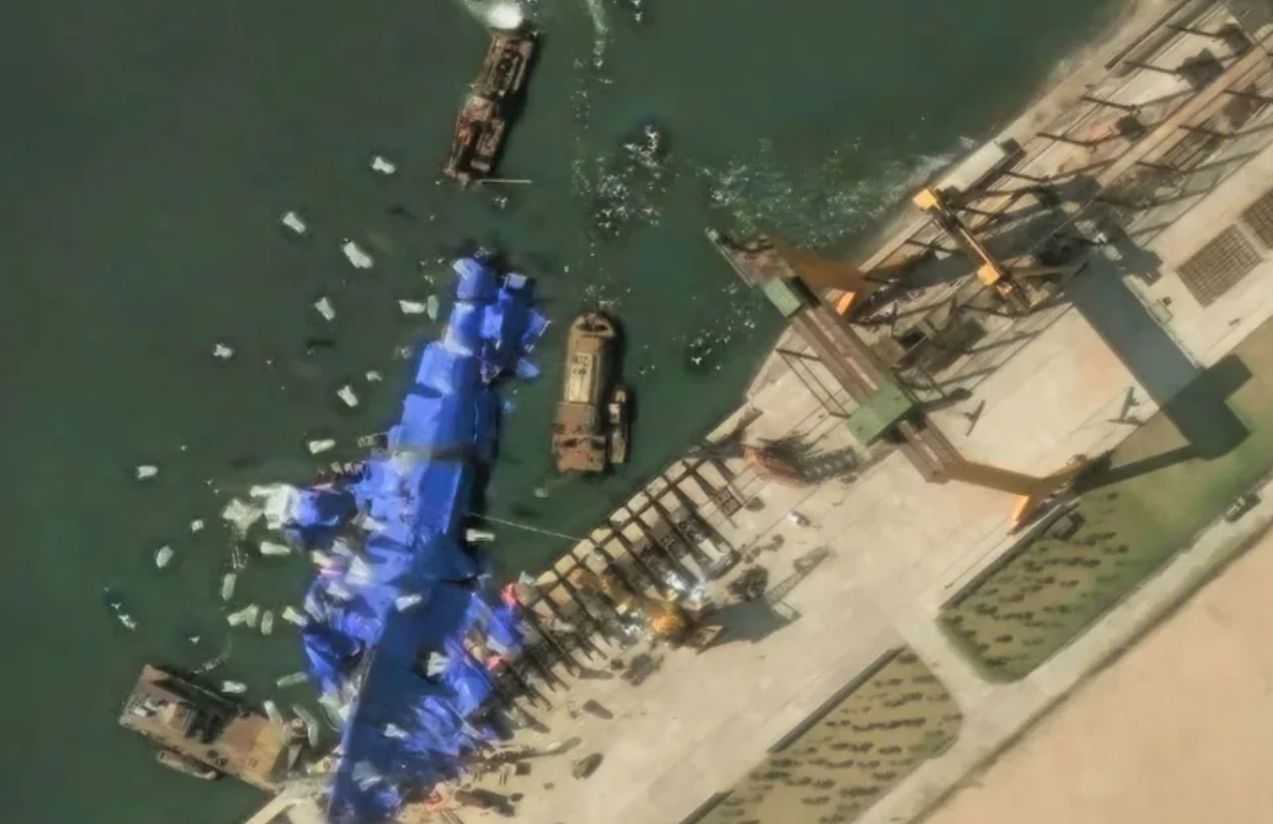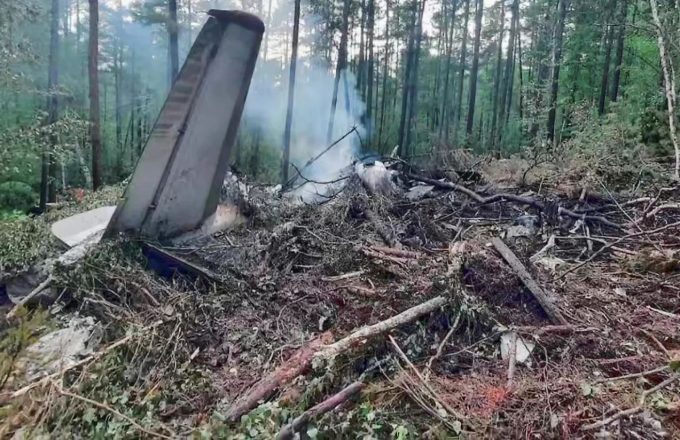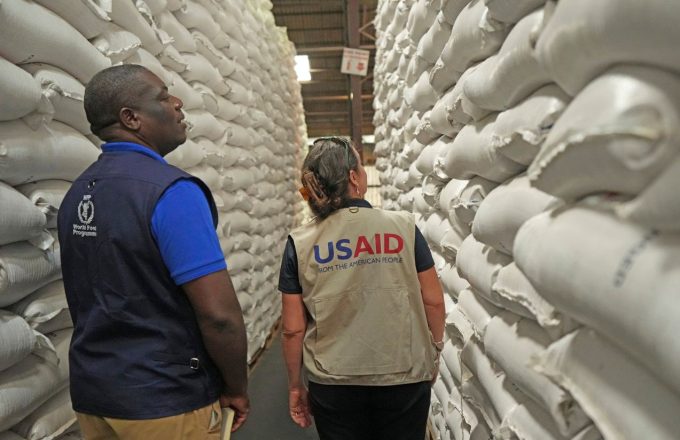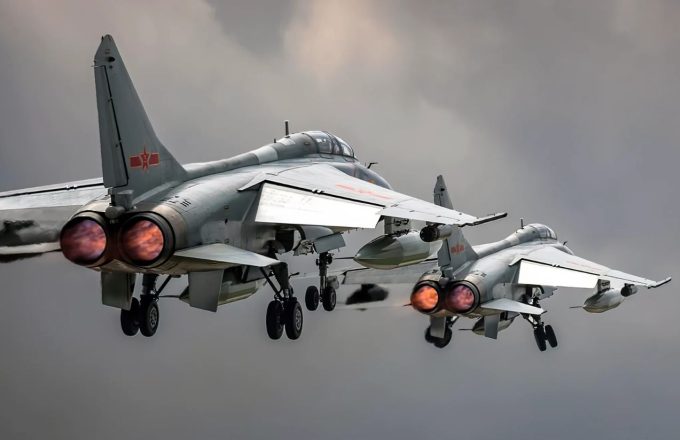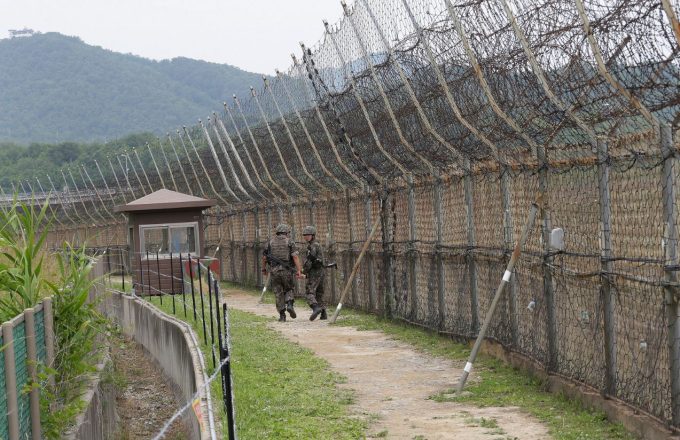New satellite images reveal that North Korea has deployed what appear to be balloons around its state-of-the-art 5,000-ton destroyer, now stranded and partially submerged following a failed launch last week.
While the exact purpose of the objects remains unclear, analysts told CNN they may be intended to stabilize the vessel or shield it from aerial surveillance, particularly drones.
The warship, the most advanced in the North Korean navy, was meant to symbolize the country’s ambitious naval modernization program. But on May 21, a malfunction during the launching process caused the stern to slip prematurely into the water, crushing parts of the hull and leaving the bow lodged in the shipyard at Chongjin. The state-run KCNA news agency reported the incident in a rare public acknowledgment of failure.
North Korean leader Kim Jong Un, who personally witnessed the botched launch, condemned it as a “criminal act” and ordered the ship—still unnamed—to be repaired before the upcoming plenary session of the ruling Workers’ Party in late June. He described the restoration as a matter of “national honor.”
Since then, authorities have ramped up repair efforts and launched a crackdown, arresting four individuals in recent days, including the shipyard’s chief engineer.
Experts suggest that the balloons may be an improvised solution to prevent the destroyer from sinking further. “They don’t seem intended to refloat the ship, but rather to stop additional flooding,” said South Korean lawmaker and military analyst Yu Yong-weon.
Retired U.S. Navy captain Carl Schuster agreed, noting that the balloons could either reduce pressure on the submerged section or hinder drone reconnaissance. “The area most likely to be damaged is the stern, which remains underwater and under pressure, while the bow is exposed,” he explained.
However, the rescue strategy carries its own risks. Nick Childs, a naval expert with the International Institute for Strategic Studies, warned that using balloons to lift or stabilize the vessel might worsen the structural damage. “Normally, you’d want to create as much buoyancy from below as possible—not apply force from above,” he said.
Satellite images from Maxar Technologies, taken on May 23, show more than a dozen white, balloon-like objects positioned around the destroyer’s hull.
North Korean state media have downplayed the extent of the damage, reporting that the ship suffered only superficial scrapes along its side and took in some seawater through the stern, with no visible breaches in the hull. Officials estimated repairs could be completed in about 10 days—though analysts are skeptical.
Schuster previously told CNN that repairs could take up to six months, depending on how much damage the hull sustained, how much water entered the ship, and the extent of salt corrosion on exposed metal components like joints.
The ship’s precarious position—half in the water, half out—further complicates salvage efforts. “It’s basically the worst possible scenario,” said Decker Eveleth, a research associate with the defense-focused nonprofit CNA. “If you try to pull the submerged half, you risk twisting and snapping the keel,” he warned, referring to the structural spine that runs along the bottom of a ship. “And if that breaks, the entire vessel is scrap.”
Childs added that North Korea may ultimately be forced to cut the ship into sections and salvage what it can. “Very often, the only way to clear the dock is to dismantle part of the ship to make the operation manageable—right it, tow it away, and then decide whether to rebuild or scrap it,” he said.


